Constable: The Making of a Master, Victoria & Albert Museum | reviews, news & interviews
Constable: The Making of a Master, Victoria & Albert Museum
Constable: The Making of a Master, Victoria & Albert Museum
The landscape artist revealed as a student not just of nature but also of the Old Masters
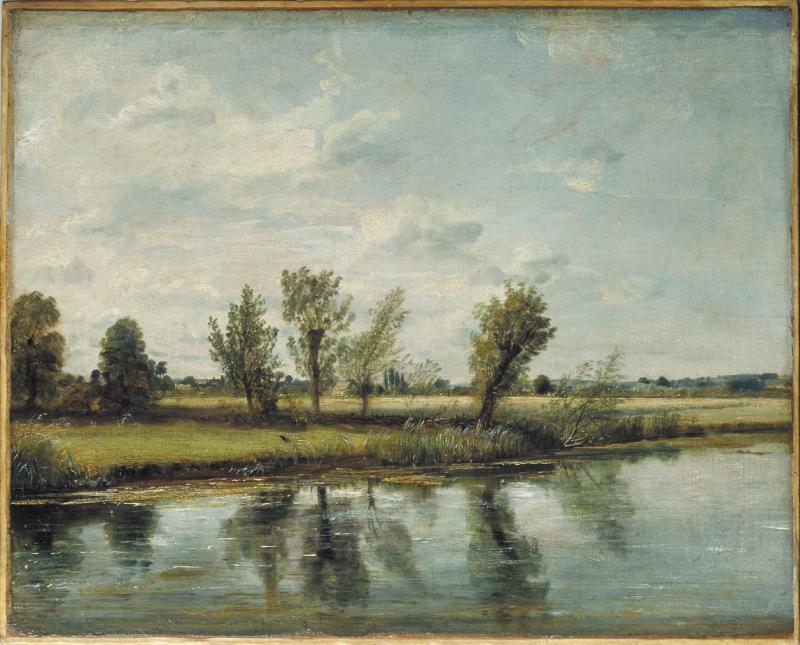
This revelatory exhibition goes in search of the revolutionary magnificence which infused Constable’s compelling landscapes through an unusual prism. The narrative spine is clear. It follows Constable’s intense work playing upon as profound a knowledge of the Old Masters as was possible at the time, and reconciling it with, as he phrased it, the greatness of nature from which all originality must spring. We see nothing, he said, until we fully understand it.
Beyond looking to the acute observation of his own eye, Constable read energetically, too – treatises from Leonardo to Hogarth and Joshua Reynolds and many other influential exegeses on art by authors then popular and now known only to scholars.
Thus, amid a showing of Constable’s own work there is a fine sample of the prints and paintings he once owned – some 5,000 were sold after his death from his collections – and prints by and after Old Masters, and Old Master paintings he was able to see with his own eyes. There is a collection too of the copies he made after the artists he admired, some next to the originals, or we see an original with a quite different painting that it inspired.
As he phrased it, painting was but another word for feeling
A fascinating combination is Claude’s Hagar and the Angel, once in the rich connoisseur Sir George Beaumont’s collection (part of which came early to the National Gallery) and Constable’s Dedham Vale from the Coombs, also influenced by another Claude owned by Beaumont, Landscape with a Goatherd and Goats. He copied both of these Claudes as well. Beaumont was the acknowledged "leader of taste in the fashionable world”, its leading amateur painter and prescient collector, and he was a mentor to the young Constable. Another shows his copy of a Ruisdael, Winter Landscape, owned by Sir Robert Peel; Peel made Constable alter his copy – he added a dog – so that there would be no mistaking which was which.
Constable thought Rubens the finest landscape painter that ever lived, and here we see Rubens’s Landscape by Moonlight, 1635-40 (pictured below © Courtauld Gallery) alongside the Constable copy. He also admired with passion the English watercolourists – the short-lived Tom Girtin, for example, of whom Turner declared, “If poor Tom had lived, I would have starved.”
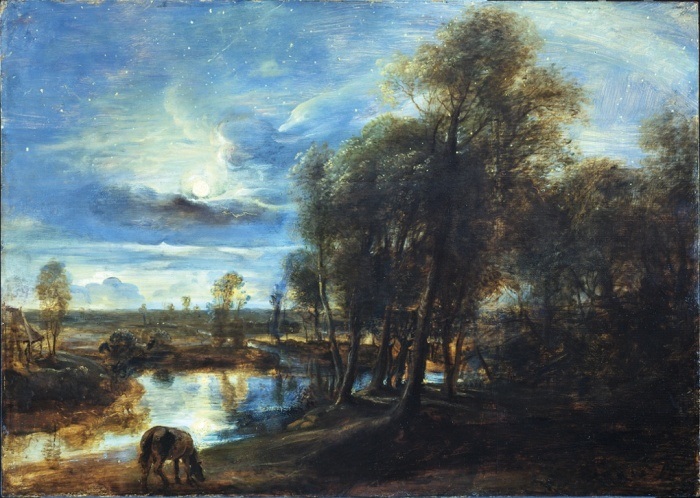 His own work on view includes a variety of his small sketchbooks, a range of his intensely atmospheric small paintings, the size of a paintbox lid, including his famous cloud studies, and other studies and sketches and a selection of his famed six-footers – The Leaping Horse, The Hay Wain, Salisbury Cathedral.
His own work on view includes a variety of his small sketchbooks, a range of his intensely atmospheric small paintings, the size of a paintbox lid, including his famous cloud studies, and other studies and sketches and a selection of his famed six-footers – The Leaping Horse, The Hay Wain, Salisbury Cathedral.
As he phrased it, painting was but another word for feeling, and the profound attachment that the artist felt for the natural world – from Hampstead to Brighton, Dorset and above all, his beloved Suffolk – is indeed brilliantly revealed, based in part on the intimate oil sketches and sketchbooks (the V&A published some fine facsimile editions years ago) left to the museum by Constable’s last surviving child, Isabel, in 1888. And there is many a wonderful loan – Ruisdael’s magical The Jewish Cemetery from Dresden, for example, of which Constable owned two etchings. While he thought its symbolism too obscure, the actual composition directly affected his Salisbury Cathedral from the Meadows.
The result lifts the haze of complacency with which we tend to view Constable to reveal that he was hardly a slavish imitator of observed nature, although he sketched and painted obsessively outdoors – unlike Turner, who tended to work everything up in the studio from his colour notes and sketchbooks. The exhibition itself is arranged spacioiusly, with works glowing against deep pale blues, allowing the visitor room for ease of contrast and comparison.
- Constable: The Making of a Master at the Victoria & Albert Museum until 11 January
Overleaf: browse a gallery of images from the exhibition
Click on the thumbnails to enlarge
Explore topics
Share this article
Add comment
The future of Arts Journalism
You can stop theartsdesk.com closing!
We urgently need financing to survive. Our fundraising drive has thus far raised £49,000 but we need to reach £100,000 or we will be forced to close. Please contribute here: https://gofund.me/c3f6033d
And if you can forward this information to anyone who might assist, we’d be grateful.

Subscribe to theartsdesk.com
Thank you for continuing to read our work on theartsdesk.com. For unlimited access to every article in its entirety, including our archive of more than 15,000 pieces, we're asking for £5 per month or £40 per year. We feel it's a very good deal, and hope you do too.
To take a subscription now simply click here.
And if you're looking for that extra gift for a friend or family member, why not treat them to a theartsdesk.com gift subscription?
more Visual arts
 'We are bowled over!' Thank you for your messages of love and support
Much-appreciated words of commendation from readers and the cultural community
'We are bowled over!' Thank you for your messages of love and support
Much-appreciated words of commendation from readers and the cultural community
 Folkestone Triennial 2025 - landscape, seascape, art lovers' escape
Locally rooted festival brings home many but not all global concerns
Folkestone Triennial 2025 - landscape, seascape, art lovers' escape
Locally rooted festival brings home many but not all global concerns
 Sir Brian Clarke (1953-2025) - a personal tribute
Remembering an artist with a gift for the transcendent
Sir Brian Clarke (1953-2025) - a personal tribute
Remembering an artist with a gift for the transcendent
 Emily Kam Kngwarray, Tate Modern review - glimpses of another world
Pictures that are an affirmation of belonging
Emily Kam Kngwarray, Tate Modern review - glimpses of another world
Pictures that are an affirmation of belonging
 Kiefer / Van Gogh, Royal Academy review - a pairing of opposites
Small scale intensity meets large scale melodrama
Kiefer / Van Gogh, Royal Academy review - a pairing of opposites
Small scale intensity meets large scale melodrama
 Jenny Saville: The Anatomy of Painting, National Portrait Gallery review - a protégé losing her way
A brilliant painter in search of a worthwhile subject
Jenny Saville: The Anatomy of Painting, National Portrait Gallery review - a protégé losing her way
A brilliant painter in search of a worthwhile subject
 Abstract Erotic, Courtauld Gallery review - sculpture that is sensuous, funny and subversive
Testing the boundaries of good taste, and winning
Abstract Erotic, Courtauld Gallery review - sculpture that is sensuous, funny and subversive
Testing the boundaries of good taste, and winning
 Edward Burra, Tate Britain review - watercolour made mainstream
Social satire with a nasty bite
Edward Burra, Tate Britain review - watercolour made mainstream
Social satire with a nasty bite
 Ithell Colquhoun, Tate Britain review - revelations of a weird and wonderful world
Emanations from the unconscious
Ithell Colquhoun, Tate Britain review - revelations of a weird and wonderful world
Emanations from the unconscious
 Rachel Jones: Gated Canyons, Dulwich Picture Gallery review - teeth with a real bite
Mouths have never looked so good
Rachel Jones: Gated Canyons, Dulwich Picture Gallery review - teeth with a real bite
Mouths have never looked so good
 Yoshitomo Nara, Hayward Gallery review - sickeningly cute kids
How to make millions out of kitsch
Yoshitomo Nara, Hayward Gallery review - sickeningly cute kids
How to make millions out of kitsch
 Hamad Butt: Apprehensions, Whitechapel Gallery review - cool, calm and potentially lethal
The YBA who didn’t have time to become a household name
Hamad Butt: Apprehensions, Whitechapel Gallery review - cool, calm and potentially lethal
The YBA who didn’t have time to become a household name

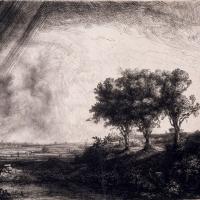

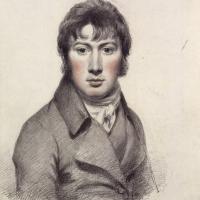
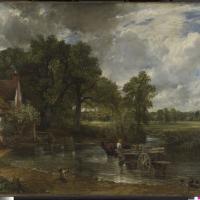

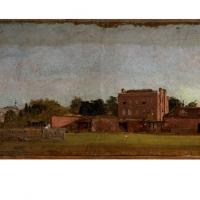

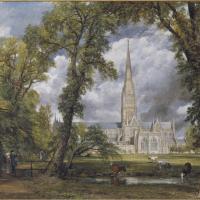
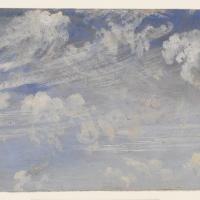

Comments
The exhibition underlines the